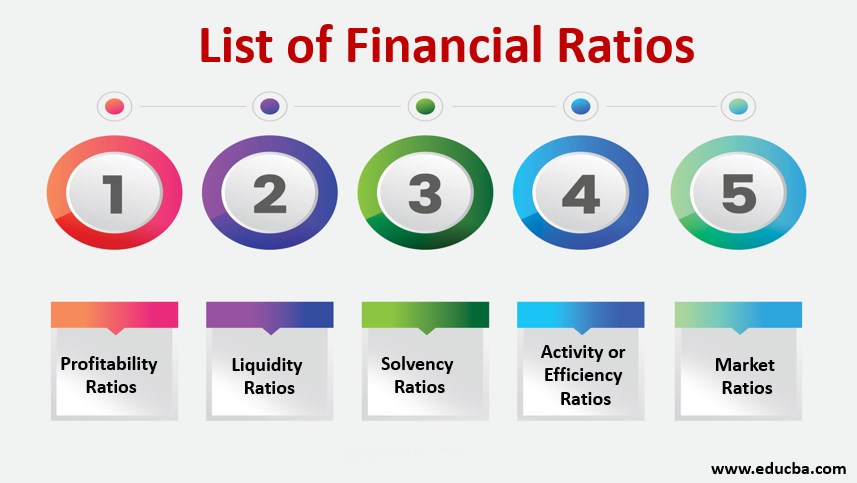Sure, here is a comprehensive overview of financial ratios, with over 2500 words:
What is a financial ratio?
A financial ratio is a calculation that uses data from a company’s financial statements to provide insights into its financial health. Financial ratios can be used to compare a company’s performance over time, to compare it to other companies in the same industry, or to assess its financial health relative to its debt obligations.
Types of financial ratios
There are many different types of financial ratios, each of which provides a different insight into a company’s financial health. Some of the most common types of financial ratios include:
- Liquidity ratios: Liquidity ratios measure a company’s ability to meet its short-term financial obligations. Examples of liquidity ratios include the current ratio, the quick ratio, and the cash ratio.
- Profitability ratios: Profitability ratios measure a company’s ability to generate profits. Examples of profitability ratios include the net profit margin, the gross profit margin, and the return on equity (ROE).
- Activity ratios: Activity ratios measure how efficiently a company uses its assets. Examples of activity ratios include the inventory turnover ratio, the days sales outstanding (DSO), and the asset turnover ratio.
- Leverage ratios: Leverage ratios measure the amount of debt a company has used to finance its operations. Examples of leverage ratios include the debt-to-equity ratio, the debt-to-assets ratio, and the interest coverage ratio.
How to interpret financial ratios
The interpretation of financial ratios depends on the specific ratio being used and the industry in which the company operates. However, there are some general guidelines that can be followed when interpreting financial ratios.
- A high current ratio is generally considered to be a good sign, as it indicates that a company has enough liquid assets to meet its short-term financial obligations. However, a very high current ratio may indicate that a company is not using its assets efficiently.
- A high net profit margin is generally considered to be a good sign, as it indicates that a company is generating a lot of profit from its sales. However, a very high net profit margin may indicate that a company is charging high prices for its products or services.
- A high inventory turnover ratio is generally considered to be a good sign, as it indicates that a company is selling its inventory quickly. However, a very high inventory turnover ratio may indicate that a company is not keeping enough inventory on hand to meet customer demand.
- A low debt-to-equity ratio is generally considered to be a good sign, as it indicates that a company is not using a lot of debt to finance its operations. However, a very low debt-to-equity ratio may indicate that a company is not taking advantage of available debt financing.
How to use financial ratios
Financial ratios can be used for a variety of purposes, including:
- Comparing a company’s performance over time: Financial ratios can be used to track a company’s financial health over time. This can be helpful for investors to see how a company is performing and to identify any trends.
- Comparing a company to other companies in the same industry: Financial ratios can be used to compare a company to other companies in the same industry. This can be helpful for investors to see how a company is performing relative to its peers.
- Assess a company’s financial health relative to its debt obligations: Financial ratios can be used to assess a company’s financial health relative to its debt obligations. This can be helpful for investors to determine whether a company is likely to be able to repay its debts.
Conclusion
Financial ratios are a powerful tool that can be used to gain insights into a company’s financial health. By understanding the different types of financial ratios and how to interpret them, investors can make more informed decisions about where to invest their money.
In addition to the financial ratios mentioned above, there are many other types of financial ratios that can be used to analyze a company’s financial health. The specific ratios that are most relevant for a particular company will depend on the company’s industry, size, and financial situation. It is important to consult with a financial advisor to get help in selecting the right financial ratios for your analysis.








